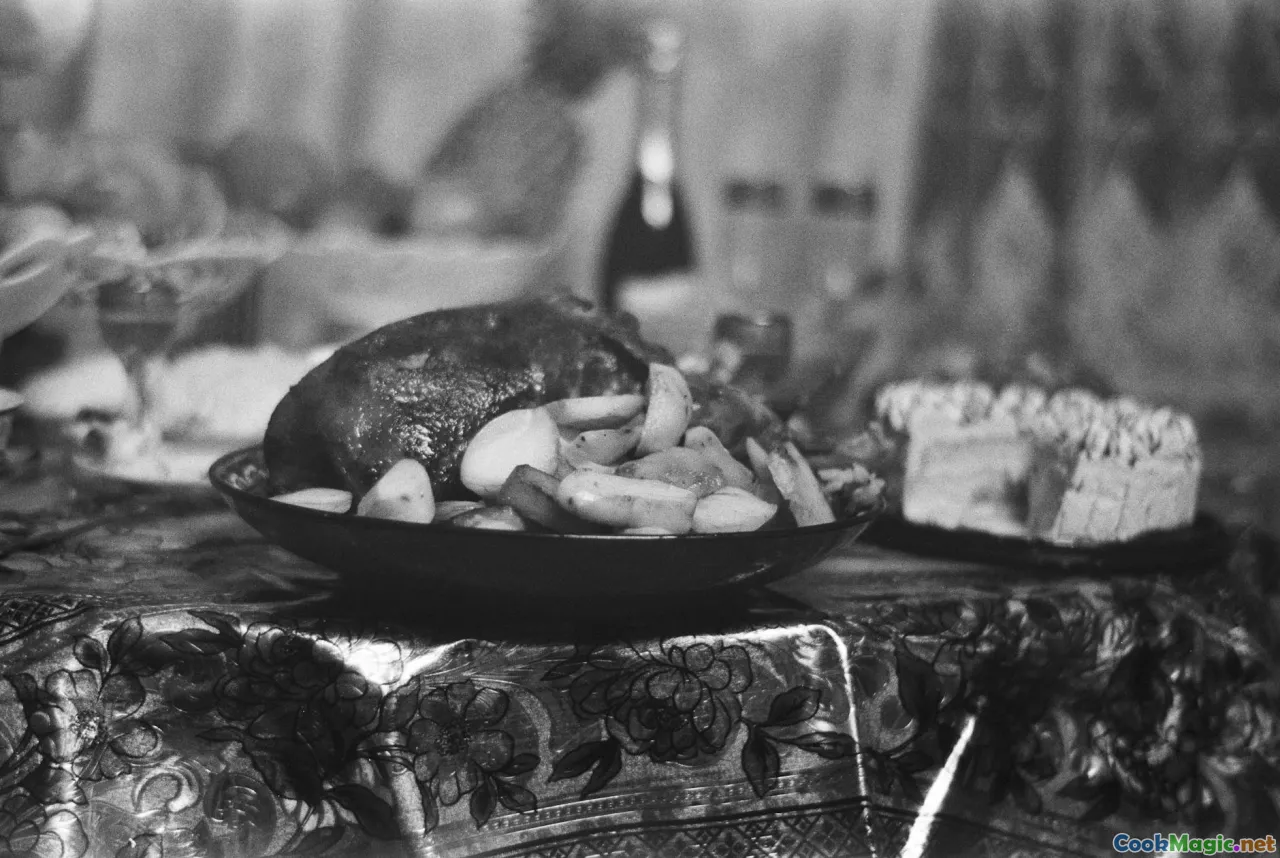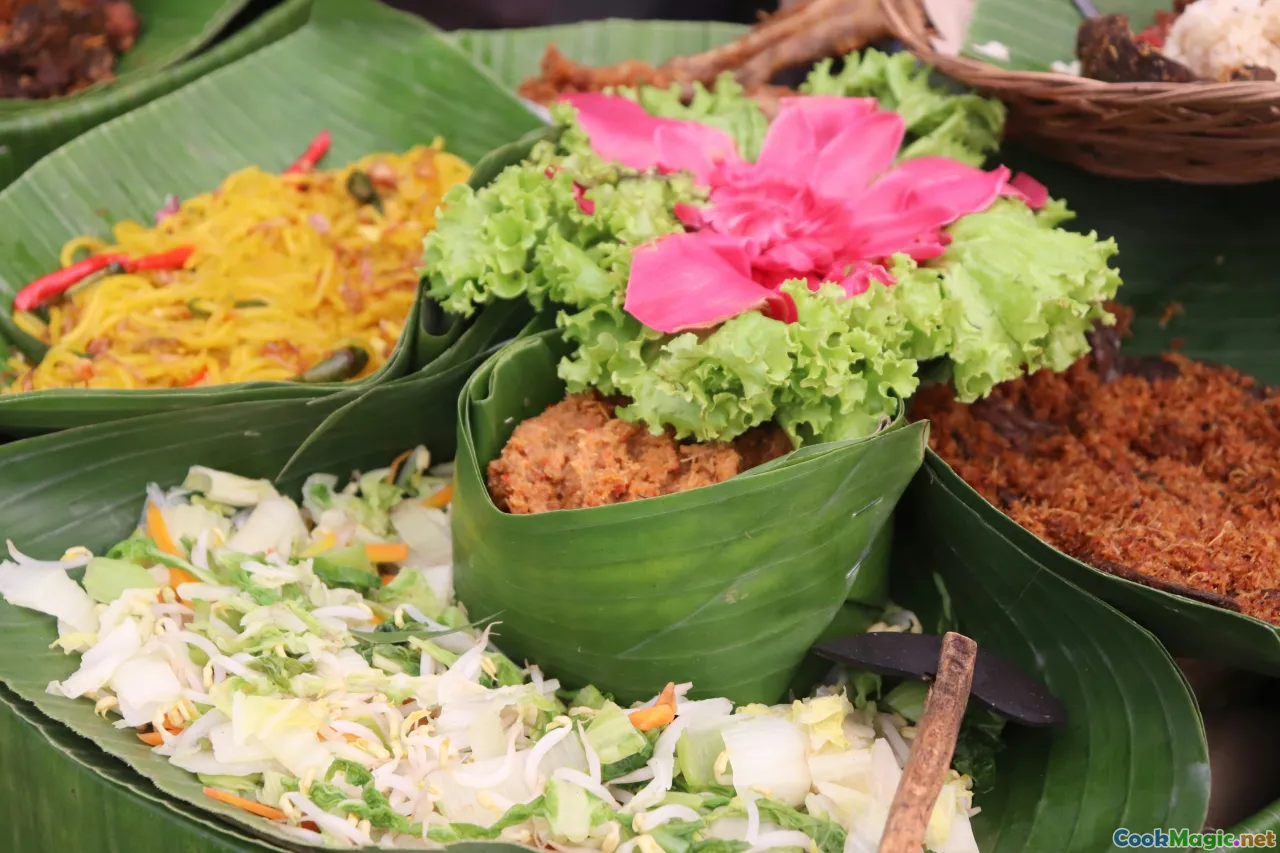Crafting Fijian Banquets A Step by Step Guide
8 min read Discover how to create authentic Fijian banquets with step-by-step instructions and cultural insights for a memorable celebration. June 25, 2025 06:05
Crafting Fijian Banquets: A Step-by-Step Guide
There’s something profoundly captivating about the way Fijian cuisine embodies the vibrant spirit of its islands — a tapestry of bold flavors, hearty textures, and centuries-old traditions that unite communities and celebrate life. When you step into a Fijian banquet, you're not just indulging in a meal; you're immersing yourself in a cultural experience rich with history, storytelling, and shared joy. Crafting such a feast requires respect for tradition, expertise in flavors, and an appreciation for the communal spirit that defines Fijian hospitality.
In this comprehensive guide, we'll journey through the art of creating a genuine Fijian banquet, from sourcing ingredients and preparing signature dishes to the ceremonial presentation that makes it truly special. Whether you’re a seasoned chef eager to explore island flavors or an enthusiastic home cook inspired by Polynesian culture, this step-by-step walk will help you bring the vibrant spirit of Fiji into your own kitchen.
Understanding Fijian Culinary Foundations

Fijian cuisine is inherently rooted in its geographic and cultural tapestry. The archipelago’s lush landscapes provide an abundant array of fresh tropical produce, seafood, and roots, all of which form the backbone of traditional dishes. Papaya, taro, cassava, coconut, and breadfruit are staple ingredients, harmonized with locally caught fish, shellfish, and other meats like chicken or pork.
Historically, Fijian cooking revolves around communal gatherings and the use of a traditional earth oven called a lovo. Unlike conventional ovens, the lovo involves hot stones buried in the ground that radiate intense heat, cooking food slowly and imparting a distinct smoky aroma. It’s a method rich in symbolism, fostering togetherness and cultural identity.
Essential Ingredients and Recipes for a Fijian Banquet

Before we begin, gather your ingredients thoughtfully. The essence of a genuine Fijian banquet is freshness and simplicity — let the ingredients shine.
Key Ingredients
- Seafood: Reef fish like mahi-mahi, travali (crab), shellfish, and octopus.
- Roots and tubers: Taro, cassava, breadfruit.
- Fruits: Papaya, pineapple, bananas.
- Coconut: For milk, grated flesh, and oil.
- Herbs & Spices: Lemongrass, ginger, turmeric, and pandan leaves.
- Meats: Chicken, pork, or beef for variety.
Signature Dishes
- Palusami: Savory bundles of taro leaves filled with coconut milk, onions, and sometimes canned tuna or salted fish.
- C浪逐s Dakuwaqa: Grilled reef fish marinated with lemon, garlic, and local herbs.
- Lovo: The ceremonial earth oven prepared with hot stones, featuring a variety of meats and root vegetables.
- Lakato: Coconut rice infused with pandan leaves.
- Fijian Fruit Salad: An irresistible medley of fresh tropical fruits, often served in coconut shells.
Step-by-Step: Preparing the Core of a Fijian Banquet
1. Planning Your Menu
Begin by visualizing your banquet as a harmonious symphony of flavors. Mix and match dishes that balance the smoky earthiness of lovo-cooked meats with the bright, citrusy notes of fresh fruit salads. Remember to allocate time and resources for ingredient prep, marinating, and traditional cooking methods.
2. Assembling Your Ingredients
Visit local markets (or specialized online suppliers) for the freshest ingredients. Opt for vibrant green taro leaves, ripe tropical fruits, and freshly caught seafood. Engage with vendors; their stories often reveal secret tips and traditional methods.
3. Preparing Dishes in Advance
Some dishes, like Palusami and marinated seafood, benefit from overnight marination, which deepens flavors. Freeze and thaw meats properly, and pre-mix spice blends. Set up your cooking stations early.
4. Building the Lovos
If you're serious about authenticity, plan an outdoor space suitable for building a temporary lovo.
- Clear an area and create a firepit.
- Gather stones and firewood.
- When prepared, ignite the wood and let it burn into hot embers.
- Carefully place hot stones, then layer your wrapped ingredients—banana leaves or aluminum foil work well.
- Cover everything with earth and let it cook for 2-4 hours. The slow cooking process yields tender, smoky dishes that capture the essence of Fijian culinary tradition.
5. The Final Assembly and Presentation
Invite guests to gather round in a communal style. Lay out the dishes on banana leaves or woven mats. For added authenticity, use Fijian-inspired tableware and decorations like shells and woven fans, evoking the islands' natural beauty.
Special Tips for a Memorable Fijian Feast

- Emphasize communal spirit: Sharing food is at the heart of Fijian culture. Make it a group affair.
- Incorporate traditional music and dance: Combine your feast with Fiji-inspired tunes or a coconut dance performance.
- Use local herbs and natural flavors: They elevate dishes and create authentic aromas.
- Pay attention to presentation: Use vibrant tropical fruits, carved vegetables, and decorative leaves.
From Kitchen to Cultural Ceremony
Creating a Fijian banquet isn’t just about the food — it’s an experiential journey. Embrace the storytelling, rituals, and community bonding that underpin each dish. When you serve a plate of lovo meat or a bowl of taro leaf rolls, remember: you’re honoring centuries of tradition, weaving your own story into a shared cultural fabric.
Fiji’s culinary landscape invites adventurous souls — those eager to explore flavors that speak of sea breezes, volcanic soils, and steadfast community bonds. So gather your ingredients, ignite your fires, and let the vibrant spirit of Fiji fill your home with warmth, color, and unforgettable taste. Bula! Welcome to the island of flavor.
Embark on your culinary voyage with curiosity and respect, and your Fijian banquet will surely be a celebration to remember.









